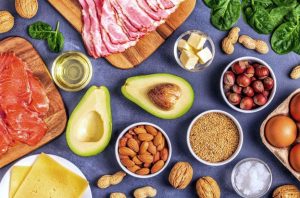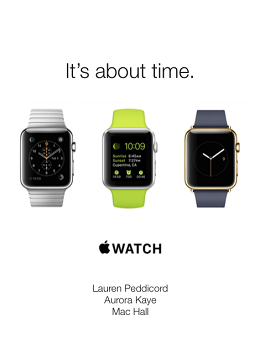The ketogenic diet, although widely popularized nowadays, has in common with all “fad” diets the simple start-up mistakes that many newbies make, whether through ignorance or lack of a plan that meets their needs.
The best-known principle of this diet is to eat fewer carbohydrates without depriving yourself of protein and fat. But relying on such a generic concept can be confusing when choosing which foods to include in your diet.
What type of fat should you eat? Should we completely eliminate carbohydrates? Are all proteins the same? Are there any side effects? To clear up those doubts, we’ve put together a list of tips ideal for anyone new to the ketogenic diet and wants to achieve the best possible results.
Reduce carbohydrates while increasing fat intake in a balanced way
Switching to the keto diet means cutting back on carbohydrate intake and replacing it with fat and protein, a dramatic change for the body. By limiting carbohydrates in the diet, the body burns its glucose stores and then uses stored fat for energy. When there are enough ketones in the blood, we enter a state called ketosis. While the keto diet is a low-carb diet, it is not a “zero-carb” diet. Be careful not to exclude them completely from your diet.
keto diet means cutting back on carbohydrate intake and replacing it with fat and protein, a dramatic change for the body. By limiting carbohydrates in the diet, the body burns its glucose stores and then uses stored fat for energy. When there are enough ketones in the blood, we enter a state called ketosis. While the keto diet is a low-carb diet, it is not a “zero-carb” diet. Be careful not to exclude them completely from your diet.
Pay attention to hydration
The reduction in carbohydrate consumption brought about by the keto diet directly impacts the fluid balance in the body. The body stores carbohydrates with water. By reducing the intake of carbohydrates, we also lose water reserves, so it is very common for symptoms of dehydration to appear when starting keto. Be sure to drink more water than usual each day to avoid these symptoms and ensure the correct balance of fluids in your body.
Know the side effects of the keto diet
The first days of the diet can be like having the flu. Headache, fatigue or weakness, nausea, muscle cramps, constipation, or diarrhea are common. When the process of ketosis begins, the body breaks down stored fats to release small molecules known as ketones. Instead of the glucose you normally get from carbohydrates, the body uses energy from ketones.
After the first few days of the diet, the body will get used to it and start to feel better. During the transition, it is recommended to avoid high-impact sports.
Include foods rich in omega-3s in your meals
When starting the keto diet, be sure to consume foods high in omega-3s, especially those containing EPA, ALA, and DHA.
the keto diet, be sure to consume foods high in omega-3s, especially those containing EPA, ALA, and DHA.
Examples are tuna, salmon, and shellfish. If you are going on a vegetarian keto diet, chia seeds or chia oil should be included in your diet. Flax seeds and avocados also contain omega-3s.



